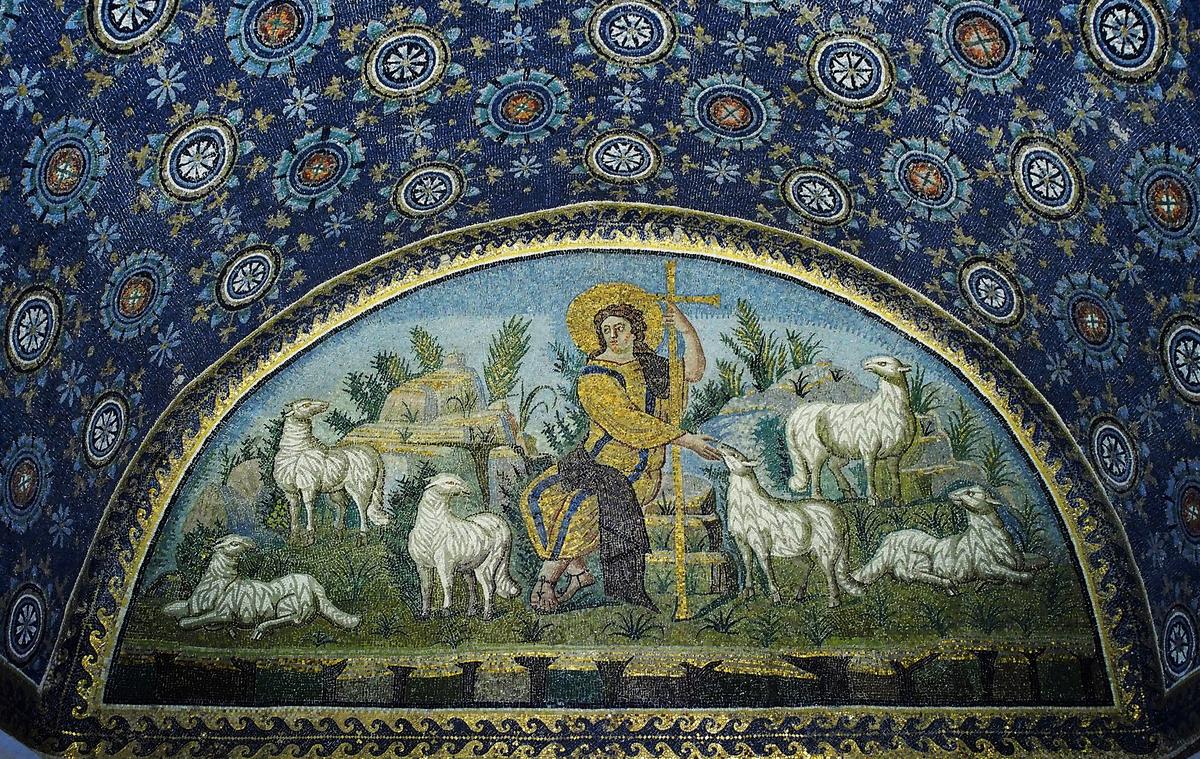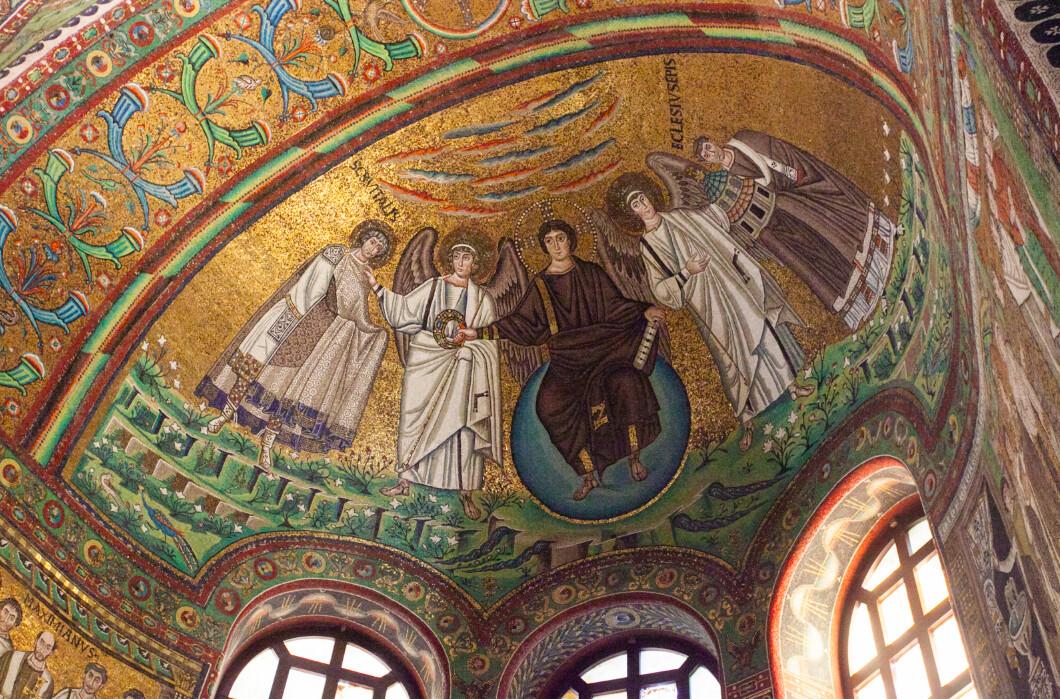The name was somewhat familiar, but riding a shuttle in from the port, I realized that I knew basically nothing about the city of Ravenna. Certain destinations in Italy are immediately recognizable, with a whole set of colorful and unmistakable images associated. Rome? The curve of the Colosseum, of course, dating back to the first century, plus the Spanish Steps, the flow of the Trevi Fountain, and the soaring dome of St. Peter’s in Vatican City. The mere mention of Venice conjures the songs of gondoliers, plying the canals and passing under bridges, and getting lost in this romantic labyrinth. And a passing reference to Naples will probably encourage the appetite, this birthplace of pizza, where a classic wood-fired pie seems to be available on every corner. Take your pick—each one is probably better than any slice you’ve ever had before.






